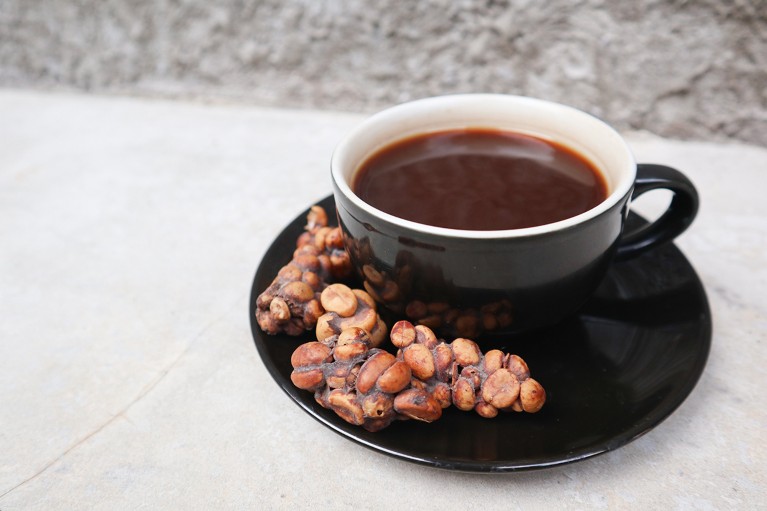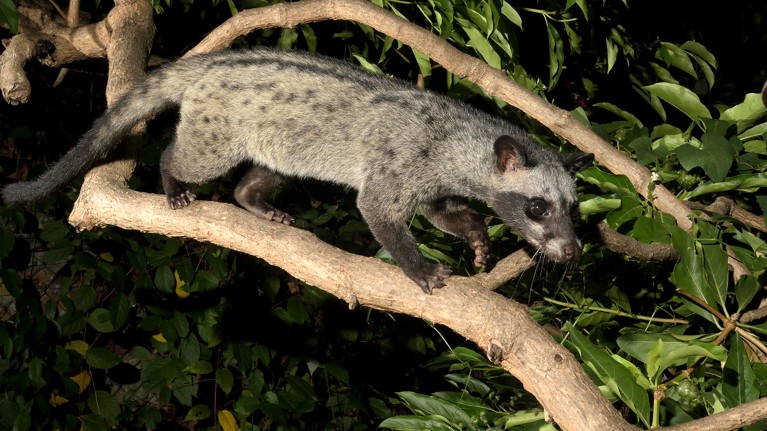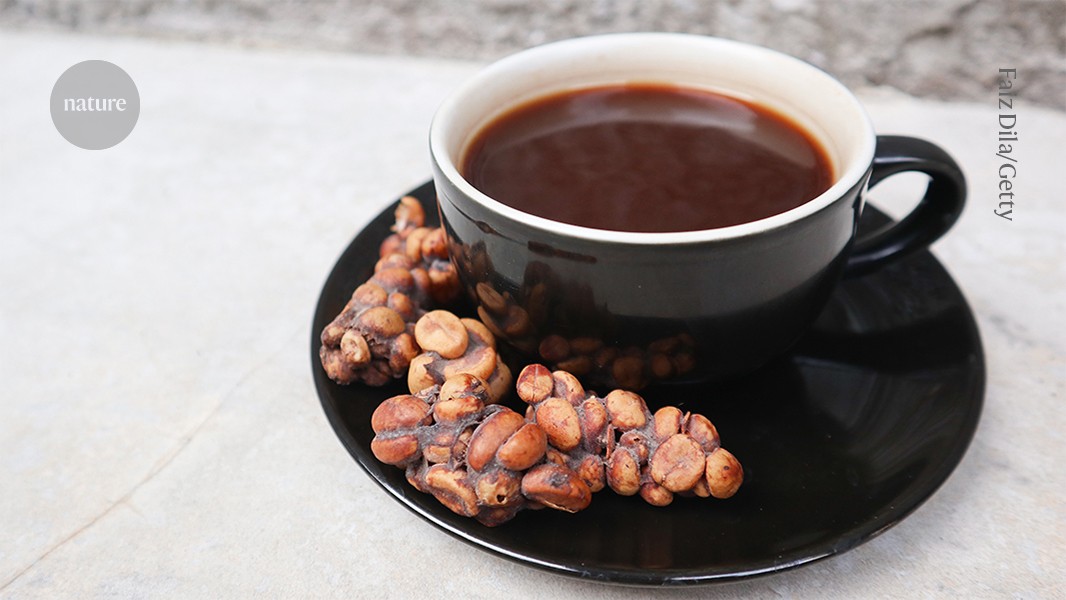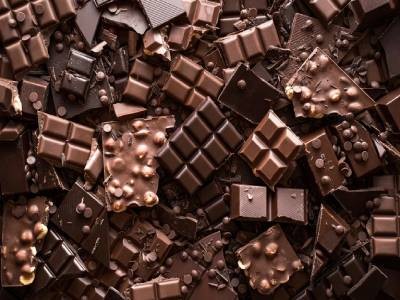
When civet cats eat coffee beans, they excrete them in clumps (shown) that can later be processed to make a pricey drink.Credit: Faiz Dila/Getty
It has been described as nutty, chocolatey, earthy and even fishy: a wildly expensive coffee that can sell for more than 100 times the price of regular brews, made from beans eaten and excreted by civet cats.
Scientists have long wondered what lies behind civet coffee’s unique flavour. A team now says that the digested beans contain high levels of two compounds commonly used as flavouring agents in dairy products — and these might contribute to the coffee’s distinctive taste1.
Why chocolate tastes so good: microbes that fine-tune its flavour
Civet coffee is produced across Asia. Called Kopi Luwak in its origin country of Indonesia, it grabbed international attention after being featured in the 2007 film The Bucket List. Asian palm civets (Paradoxurus hermaphroditus) eat the fruit or cherries of coffee shrubs, and the seeds (commonly called beans) can be picked from their scat. These are then roasted to make coffee with a unique flavour; the resulting beans can cost more than US$1,300 per kilogram, and the coffee up to $75 per cup.
These high prices drive civet-coffee tourism and incentivize farms that use caged civets to produce the brew. Several groups, including the UK-based charity The Civet Project, have highlighted serious animal-welfare concerns around these farms, noting that they might also foster viruses with the potential to cause pandemics.
Zoologist Palatty Allesh Sinu at the Central University of Kerala in India, and ecologist colleagues took a close look at the beans picked from civet poo across the Indian district of Kodagu, where the civets are wild. The team undertook the study not only to get a better handle on what makes civet coffee tasty, but also to promote animal welfare. “Once we know the enzymes involved in digestion and fermentation, we may be able to artificially make civet coffee” and leave the animals out of it, Sinu says.
Coffee chemistry
Previous research has focused on what gives civet coffee its sought-after flavour, as well as how best to tell the real thing from fraudulent products. A 2004 study found civet-processed beans to be pitted and brittle from exposure to gastric juices2. And a 2019 paper found that roasted civet beans are lower in protein and higher in fat than are regular roasted beans3.
The latest work, published today in Scientific Reports1, compares unroasted coffee beans harvested from 68 civet scat samples with those picked straight from the plant, to see what the civets’ digestive systems do to the beans.

An Asian palm civet (Paradoxurus hermaphroditus).Credit: Fletcher & Baylis/Science Photo Library



